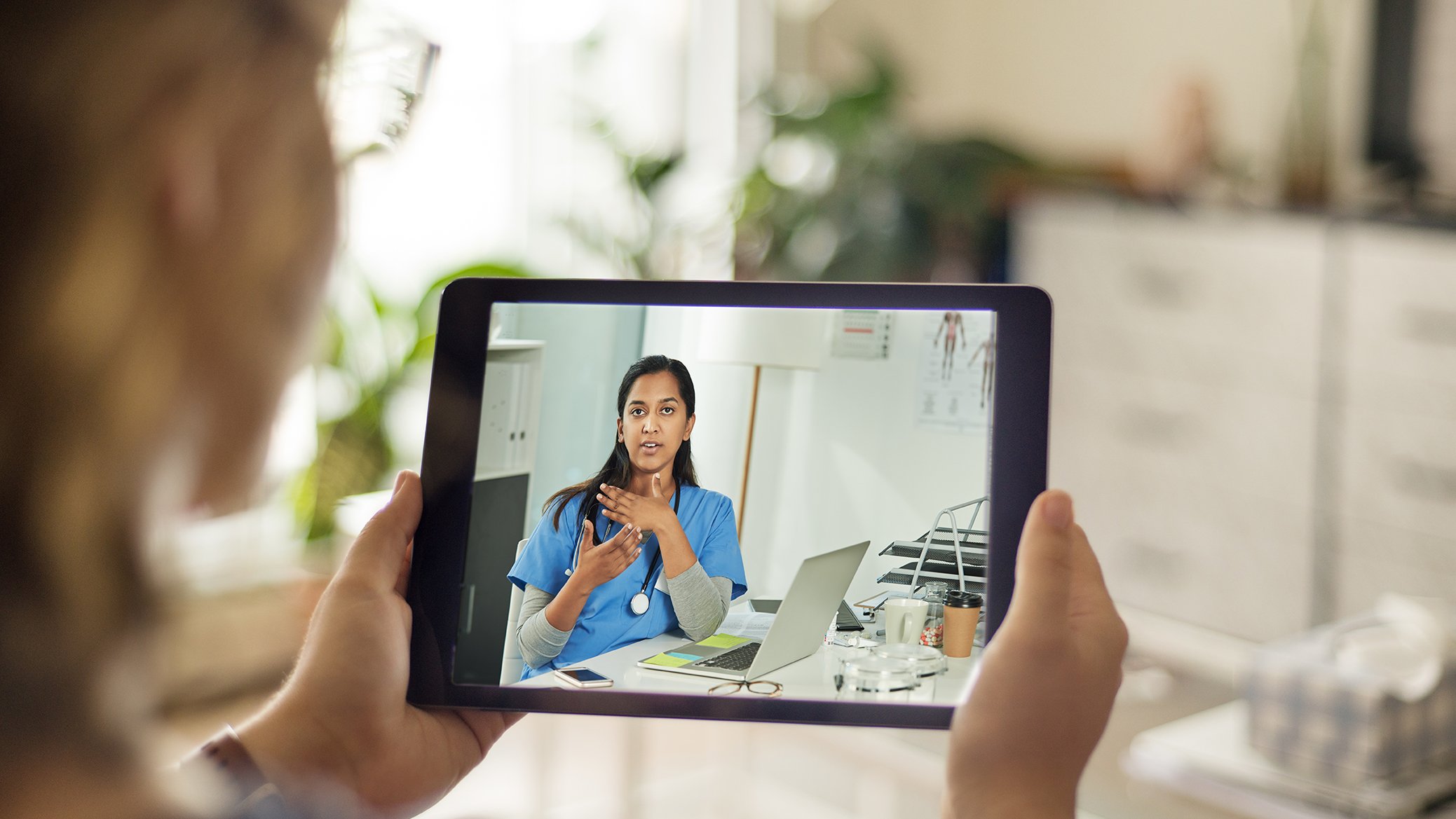Empowering Providers and Enhancing Patient Outcomes through Clinical Decision Support (CDS)
The integration of technology has become crucial in driving efficiency and improving patient...

The integration of technology has become crucial in driving efficiency and improving patient...

Effective clinical communication is essential for ensuring patient safety and positive outcomes. A...

Effective communication is the cornerstone of quality healthcare delivery, yet it remains a complex...

Did you know a significant percentage of medical mishaps are rooted not in surgical slips or...

Telemedicine and telehealth are reshaping the way healthcare services are delivered. Telemedicine...

Social Determinants of Health (SDOH) encompass a wide range of factors, from socio-economic status...

In the realm of modern healthcare, effective communication is the cornerstone of successful patient...

Access to healthcare in rural communities has long been a persistent challenge, with barriers...

What are the latest updates on telehealth policy for 2024? While you’re setting 2024 goals for your...
Lorem ipsum dolor sit amet, consectetur adipiscing elit, sed do eiusmod tempor incididunt ut labore et dolore magna aliqua.